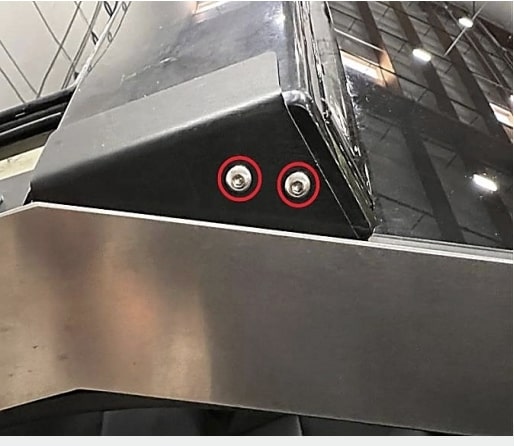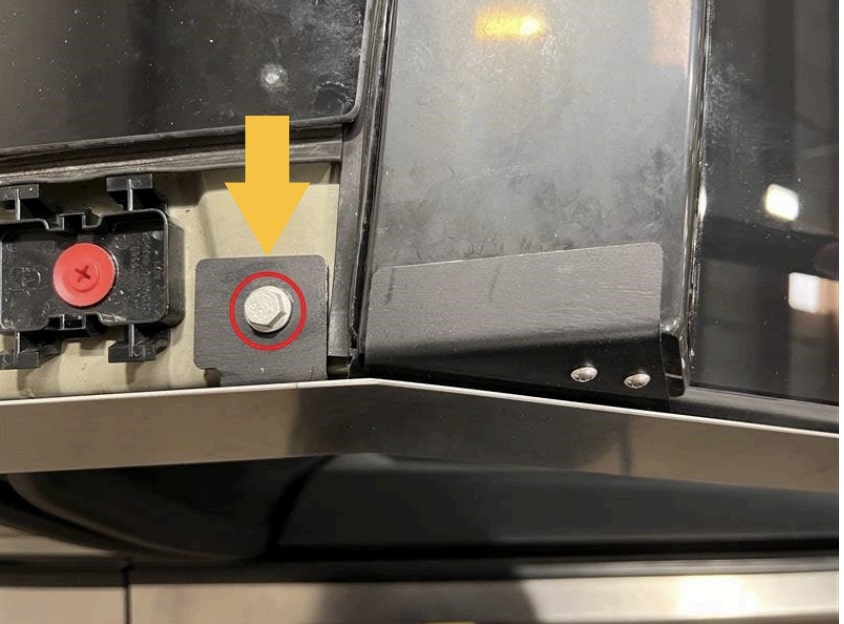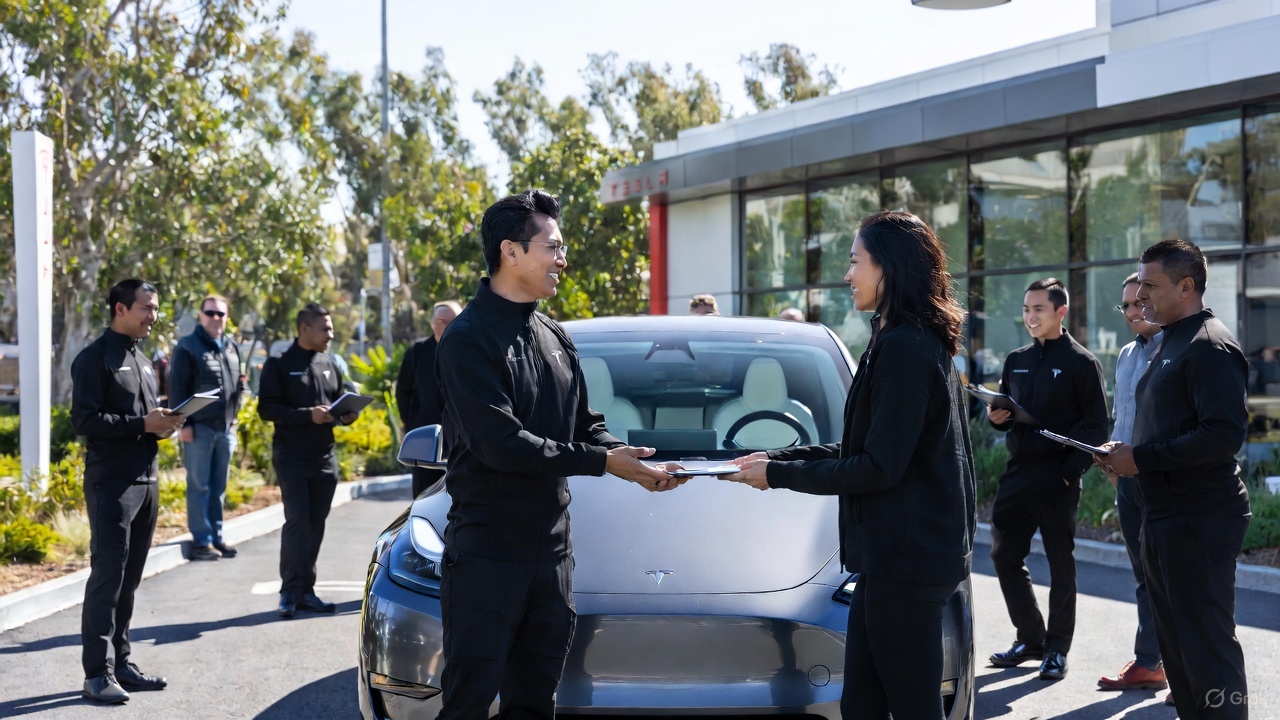Tesla was found to be one of the most unreliable brands in America, according to Consumer Reports’ annual reliability report.
Consumer Reports‘ annual reliability rankings have been released, and with data from 24 brands and over 300,000 vehicles, Tesla fell near the bottom (19/24) along with Mercedes-Benz, Jeep, Volkswagen, GMC, and Chevrolet. Electric vehicles overall also placed poorly, being the second least reliable category of vehicles. Hybrids/plugin hybrids, especially those from Toyota, were found to be the most reliable.
Before diving deeper into the rankings, it is crucial to understand how Consumer Reports creates its yearly reliability rankings in the first place. This year, the company surveyed over 300,000 vehicles (sold between 2000-2022), and over the past year, owners were asked to report issues they had with their vehicles. Issues were categorized into 17 categories; engine issues, transmission issues, interior electronics issues, etc. From this accumulation of data, Consumer Reports then gives each brand a grade out of 100 regarding their overall reliability.
Consumer Reports also stipulates that they will only rank brands that they have “sufficient survey data for two or more models.” Hence the absence of brands such as Rivian, Alfa Romeo, and Lucid.
Tesla scored a reliability score of 40/100, while electric vehicles overall scored 36/100. It isn’t all bad news for Tesla; its score matches the average for domestic automakers, the company was able to improve its ranking by four places compared to last year, and none of its vehicles made it to the list of 10 least reliable vehicles in America. A list that notably included the popular Hyundai Kona EV scoring 5/100.
Conversely, hybrid and PHEV vehicles crushed the competition with an average score of 78/100. And unsurprisingly, the brand with the most extensive representation within that segment, Toyota, achieved the number 1 spot with an overall reliability score of 72/100. Toyota was joined by Lexus, BMW, Mazda, and Honda in the top 5 (descending order).
Consumer Reports’ results lead to one central question, what influenced Tesla (and electric vehicles generally) in scoring so low compared to the competition? This question becomes especially confounding when the prevailing narrative is that “electric vehicles are generally more reliable than their gas counterparts.”
Consumer Reports’ analysis only addresses this question once, noting that “As more EVs hit the marketplace and automakers build each model in greater numbers, we are seeing that some of them have problems with the battery packs, charging systems, and the motors in their drive systems. Owners of the Chevrolet Bolt, Ford Mustang Mach-E, Hyundai Kona Electric, and Volkswagen ID.4 all reported some of these issues.”
Another couple of issues that may be plaguing Tesla include build quality and software problems. Tesla has notoriously had quality control issues, which will certainly not aid its reliability score. At the same time, as Tesla attempts to offer the bleeding edge of software innovation, they undoubtedly encounter more software issues than have been typically seen in the automotive space. And while these problems are typically fixed through updates and technical support quickly, they could easily contribute to Tesla’s poor performance.
Looking to the future, it is clear that Tesla needs to continue to dedicate itself to improving QC and general reliability. It is easy to say, “Tesla needs to increase production,” but consumers will pay the price if this production expansion comes at the cost of reliability.
What do you think of the article? Do you have any comments, questions, or concerns? Shoot me an email at william@teslarati.com. You can also reach me on Twitter @WilliamWritin. If you have news tips, email us at tips@teslarati.com!

News
Tesla launches its new branded Supercharger for Business with first active station

Tesla has officially launched its first branded Supercharger just months after initiating a new program that allows third-party companies to brand their own charging piles.
The site opened in Land O’ Lakes, Florida, and features eight V4 Supercharging stalls offering up to 325 kW of charging speed. It appears it was purchased by a company called Suncoast Credit Union. This particular branch is located Northeast of Tampa, which is on the Gulf of Mexico.
It features graphics of Florida animals, like alligators:
Here’s a video of the graphics being installed on the Tesla Superchargers at this site: https://t.co/oIfEPNZjAH pic.twitter.com/ENWakZ2qT9
— TESLARATI (@Teslarati) November 20, 2025
Tesla launched this program back in September, and it basically was a way to expand its Supercharger presence and also allow companies to pay for the infrastructure. Tesla maintains it. When it announced the “Supercharger for Business,” it said:
“Purchase and install Superchargers at your business. Superchargers are compatible with all electric vehicles, bringing EV drivers to your business by offering convenient, reliable charging.”
The program does a few things. Initially, it expands EV charging infrastructure and makes charging solutions more readily available for drivers. It can also attract people to those businesses specifically.
Tesla launches new Supercharger program that business owners will love
The chargers can also be branded with any logo that the business chooses, which makes them more personalized and also acts as an advertisement.
The best part is that the customers do not have to maintain anything about the Supercharger. Tesla still takes care of it and resolves any issues:
“We treat your site like we treat our sites. By providing you with a full-service package that includes network operations, preventative maintenance, and driver support, we’re able to guarantee 97% uptime–the highest in the industry.”
It appears the Superchargers will also appear within the in-car nav during routing, so they’ll be publicly available to anyone who needs to use them. They are still available to all EVs that have worked with Tesla to utilize its infrastructure, and they are not restricted to people who are only visiting the business.
Cybertruck
Tesla reveals its Cybertruck light bar installation fix

Tesla has revealed its Cybertruck light bar installation fix after a recall exposed a serious issue with the accessory.
Tesla and the National Highway Traffic Safety Administration (NHTSA) initiated a recall of 6,197 Cybertrucks back in October to resolve an issue with the Cybertruck light bar accessory. It was an issue with the adhesive that was provided by a Romanian company called Hella Romania S.R.L.
Tesla recalls 6,197 Cybertrucks for light bar adhesive issue
The issue was with the primer quality, as the recall report from the NHTSA had stated the light bar had “inadvertently attached to the windshield using the incorrect surface primer.”
Instead of trying to adhere the light bar to the Cybertruck with an adhesive, Tesla is now going to attach it with a bracketing system, which will physically mount it to the vehicle instead of relying on adhesive strips or glue.
Tesla outlines this in its new Service Bulletin, labeled SB-25-90-001, (spotted by Not a Tesla App) where it shows the light bar will be remounted more securely:


The entire process will take a few hours, but it can be completed by the Mobile Service techs, so if you have a Cybertruck that needs a light bar adjustment, it can be done without taking the vehicle to the Service Center for repair.
However, the repair will only happen if there is no delamination or damage present; then Tesla could “retrofit the service-installed optional off-road light bar accessory with a positive mechanical attachment.”
The company said it would repair the light bar at no charge to customers. The light bar issue was one that did not result in any accidents or injuries, according to the NHTSA’s report.
This was the third recall on Cybertruck this year, as one was highlighted in March for exterior trim panels detaching during operation. Another had to do with front parking lights being too bright, which was fixed with an Over-the-Air update last month.
News
Tesla is already expanding its Rental program aggressively
The program has already launched in a handful of locations, specifically, it has been confined to California for now. However, it does not seem like Tesla has any interest in keeping it restricted to the Golden State.

Tesla is looking to expand its Rental Program aggressively, just weeks after the program was first spotted on its Careers website.
Earlier this month, we reported on Tesla’s intention to launch a crazy new Rental program with cheap daily rates, which would give people in various locations the opportunity to borrow a vehicle in the company’s lineup with some outrageous perks.
Along with the cheap rates that start at about $60 per day, Tesla also provides free Full Self-Driving operation and free Supercharging for the duration of the rental. There are also no limits on mileage or charging, but the terms do not allow the renter to leave the state from which they are renting.
🚨🚨 If you look up details on the Tesla Rental program on Google, you’ll see a bunch of sites saying it’s because of decreasing demand 🤣 pic.twitter.com/WlSQrDJhMg
— TESLARATI (@Teslarati) November 10, 2025
The program has already launched in a handful of locations, specifically, it has been confined to California for now. However, it does not seem like Tesla has any interest in keeping it restricted to the Golden State.
Job postings from Tesla now show it is planning to launch the Rental program in at least three new states: Texas, Tennessee, and Massachusetts.
The jobs specifically are listed as a Rental Readiness Specialist, which lists the following job description:
“The Tesla Rental Program is looking for a Rental Readiness Specialist to work on one of the most progressive vehicle brands in the world. The Rental Readiness Specialist is a key contributor to the Tesla experience by coordinating the receipt of incoming new and used vehicle inventory. This position is responsible for fleet/lot management, movement of vehicles, vehicle readiness, rental invoicing, and customer hand-off. Candidates must have a high level of accountability, and personal satisfaction in doing a great job.”
It also says that those who take the position will have to charge and clean the cars, work with clients on scheduling pickups and drop-offs, and prepare the paperwork necessary to initiate the rental.
The establishment of a Rental program is big for Tesla because it not only gives people the opportunity to experience the vehicles, but it is also a new way to rent a car.
Just as the Tesla purchasing process is more streamlined and more efficient than the traditional car-buying experience, it seems this could be less painful and a new way to borrow a car for a trip instead of using your own.










